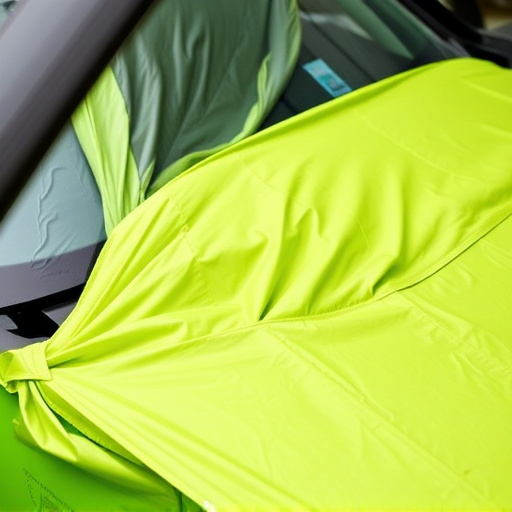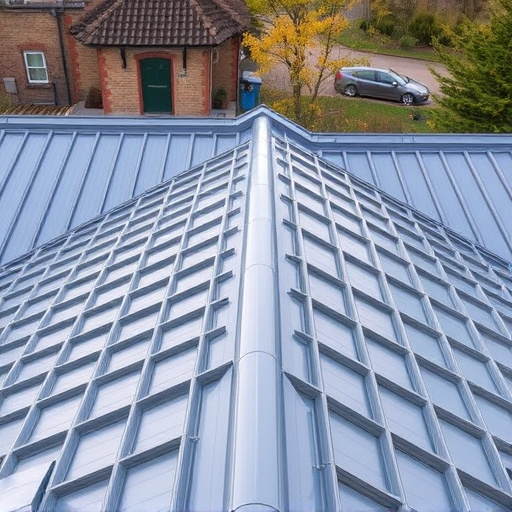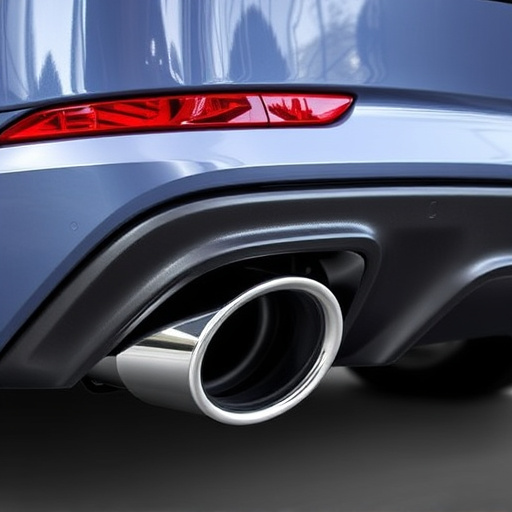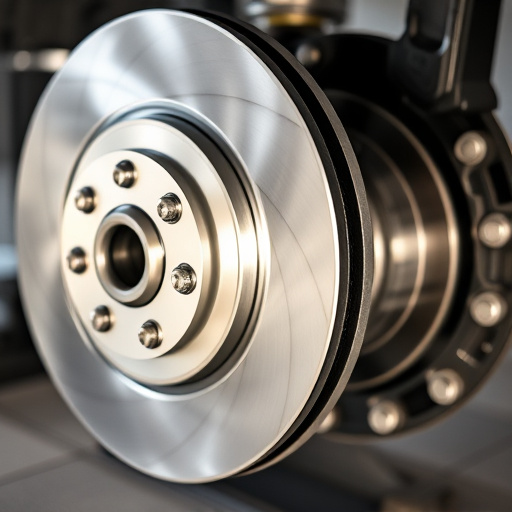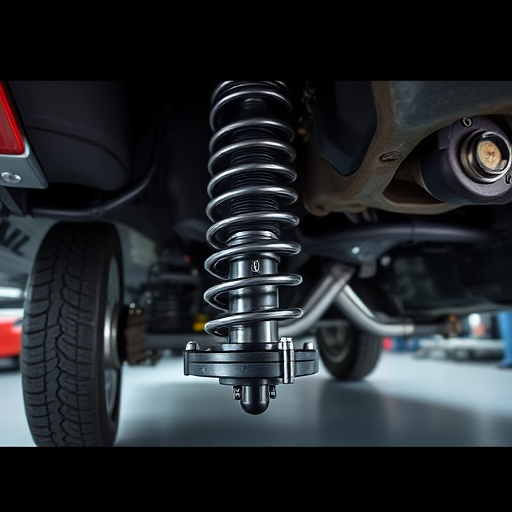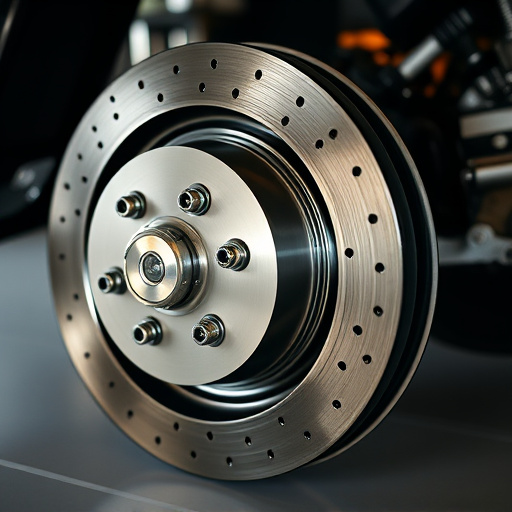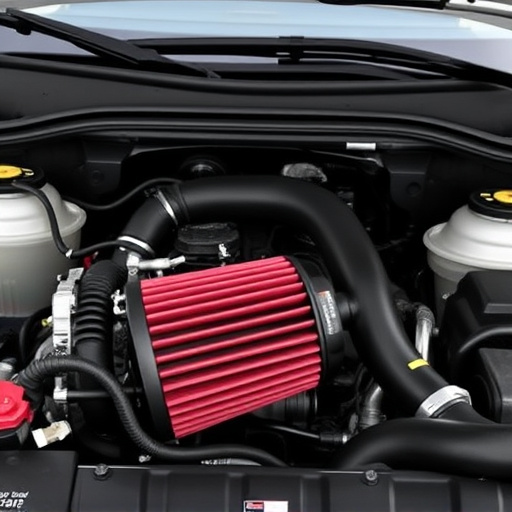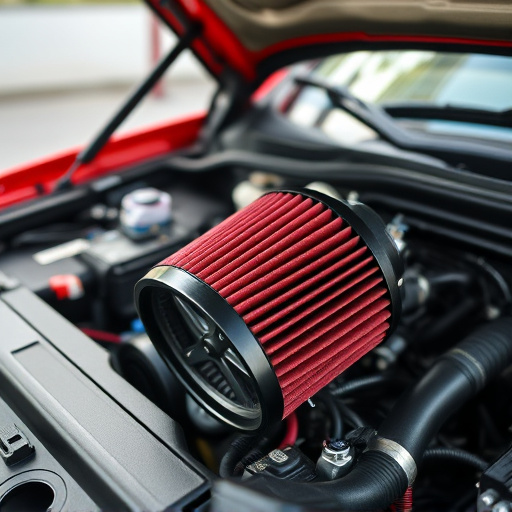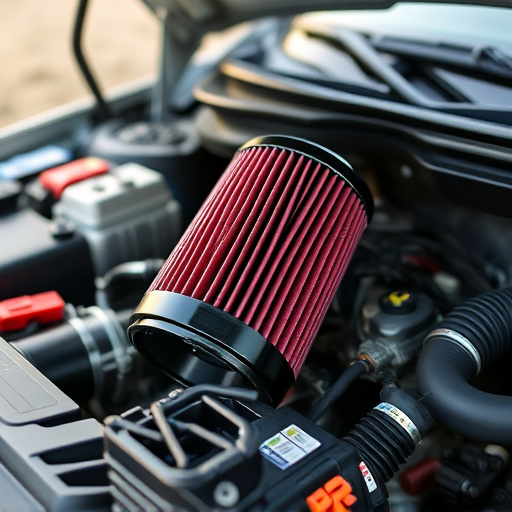A brake performance kit boosts braking power and dynamics with upgraded pads, rotors, and calipers, reducing heat fade and optimizing airflow for fuel efficiency. Installation requires safety precautions, proper tools, and spare parts. Understanding kit components and following instructions ensures successful installation and maximizes benefits.
Looking to upgrade your vehicle’s braking power? DIY installation of a brake performance kit can significantly enhance safety and driving dynamics. This article guides you through the process, from understanding crucial components to mastering the step-by-step installation. We’ll equip you with essential knowledge and tools required for this task. Discover how to navigate safety considerations and transform your brakes into a high-performance symphony, ready to tackle any road ahead.
- Understanding Your Brake Performance Kit Components
- Preparing for Installation: Safety and Tools Required
- Step-by-Step Guide to Enhancing Your Brake System
Understanding Your Brake Performance Kit Components
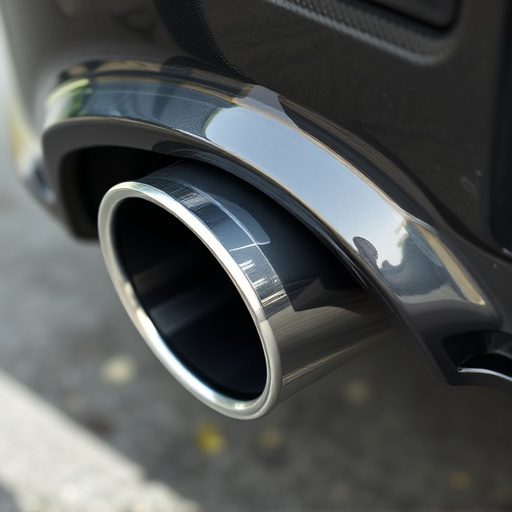
A brake performance kit is a collection of components designed to enhance your vehicle’s braking system, improving both stopping power and overall driving dynamics. Before installing any such kit, it’s crucial to understand its individual parts and their functions. The kit typically includes upgraded brake pads, which offer superior friction for better stopping distances; larger or stronger rotors that can dissipate heat more efficiently, reducing fade during intense braking; and often, high-performance brake calipers that clamp the rotors with increased force.
Additionally, many brake performance kits may incorporate other enhancements like performance air filters to ensure optimal airflow through the engine, and cold air intakes for improved fuel efficiency and power delivery. A cat back exhaust system, while not always included, can also be part of a performance kit, as it reduces backpressure in the exhaust system, allowing the engine to breathe more freely. Understanding these components and their interactions is key to ensuring a successful installation and maximizing the benefits of your brake performance upgrade.
Preparing for Installation: Safety and Tools Required
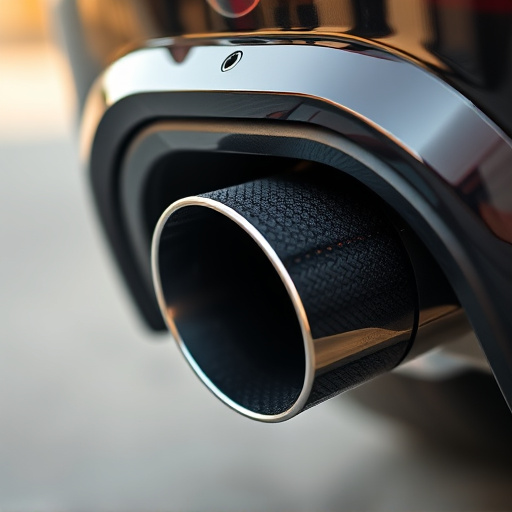
Before tackling any DIY automotive project, ensuring your safety should be your top priority. Installing a brake performance kit is no exception; it requires careful preparation and the right tools to get the job done effectively and securely. Start by parking your vehicle on a level surface, engaging the parking brake, and raising the car using jack stands at points recommended for your specific model. This guarantees stability during installation.
Gathering the necessary tools is crucial. For a brake performance kit, you’ll need basic automotive tools like socket sets, wrenches, screwdrivers, pliers, and a torque wrench. Additionally, consider having spare brake pads and muffler tips readily available, as these are common components to replace during such upgrades. Remember, proper exhaust systems maintenance is also vital for overall vehicle health, so keep an eye on any signs of wear or damage in that area.
Step-by-Step Guide to Enhancing Your Brake System
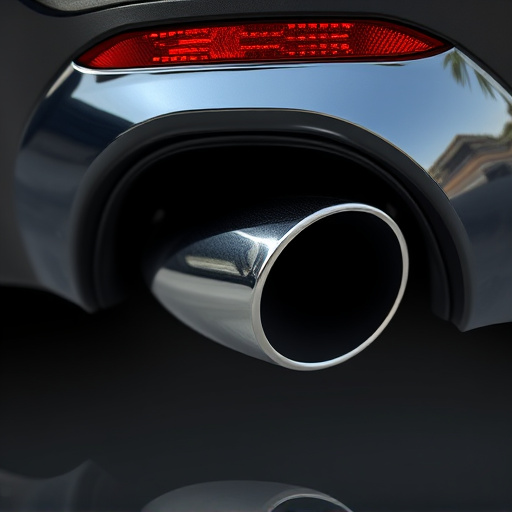
Installing a brake performance kit can significantly enhance your vehicle’s stopping power and overall driving experience. Here’s a step-by-step guide to ensure a successful upgrade. Start by identifying the components included in your specific kit, which often comprise high-performance brake pads, stiffer brake rotors, and sometimes, performance air filters and exhaust mufflers. Remove the old brakes carefully, taking note of each component’s position. This meticulous process ensures proper reassembly later.
Next, install the new brake pads and rotors, ensuring they are aligned correctly. Tighten all hardware securely according to the kit’s instructions. For optimal results, use a torque wrench for critical bolts. After installation, test your brakes gently at low speeds to ensure smooth operation. This initial testing phase is crucial before hitting the open road at higher velocities.
Upgrading your vehicle’s brakes with a DIY brake performance kit can significantly enhance safety and driving dynamics. By understanding the components, preparing with the right tools and safety measures, and following a structured installation process, you can achieve improved braking power and control. Remember to regularly maintain and inspect your new brake system for optimal performance and longevity. Investing time in this project pays off in peace of mind and better handling capabilities on the road.


